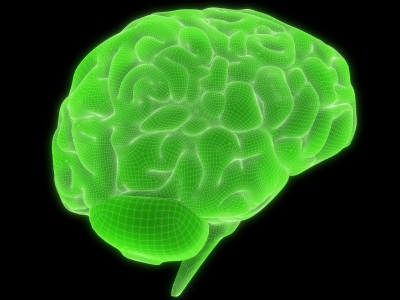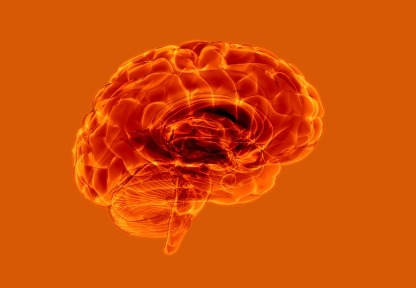Welcome!
So glad you are here to review my BrainDefend® body-brain detoxification program and how it can protect and transform your health and life now.
Optimizing detoxification for health and wellness benefits is an essential focus in addressing the accumulation of many toxins we are exposed to on a daily basis.
I know well the importance of detoxification therapies as I had to incorporate these detoxification strategies and protocols to recover from pesticide and mercury exposures many years ago.
Since then, I have successfully assisted many patients and clients over the past twenty five years with similar health challenges, and they have experienced remarkable health benefits from our work together.
In addition, the dietary and nutritional support in my body-brain detox program will hone in on gut health and metabolic pathways that are vital for:
- improving the health of your microbiome,
- optimizing blood sugar levels and protecting against the onset of type 2 diabetes and brain diabetes, and
- protecting against cardiovascular disease.
Of course, the BrainDefend® body-brain detox also has a specific focus on supporting the brain’s detox mechanisms.
There is not any other online detox program available that includes all of these critical foci—metabolic health, gut, brain, and liver detox support.
These added layers of in my body-brain detoxification program to a traditional liver cleanse is what makes my body-brain detoxification program unique.
It is a more comprehensive, and deeper metabolic health and detoxification program than traditional liver cleanses have built in to their tool bag and approach.
Lets get started!
Enroll now to make sure we get your detox kit and supplements delivered.
Once your purchase of the BrainDefend® Detox Code supplement protocol is processed, you’ll receive instructions and a calendar link so I can personally get you started on your detox program.













